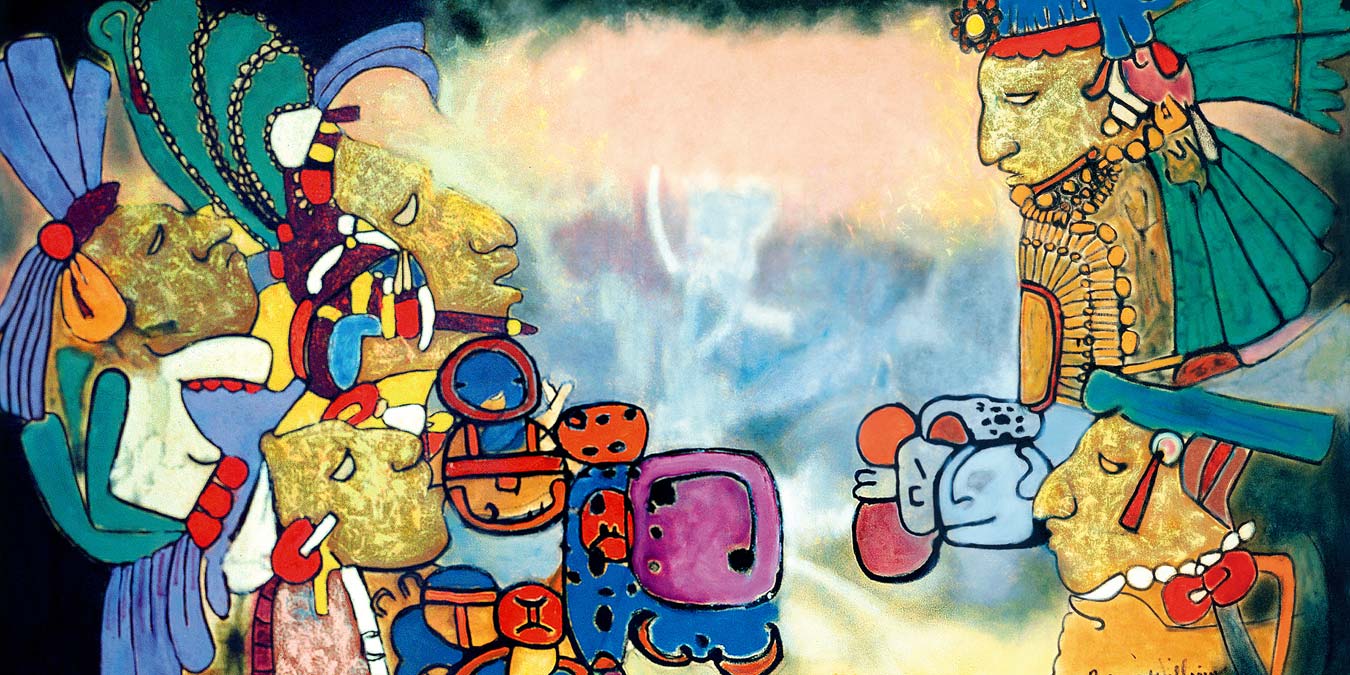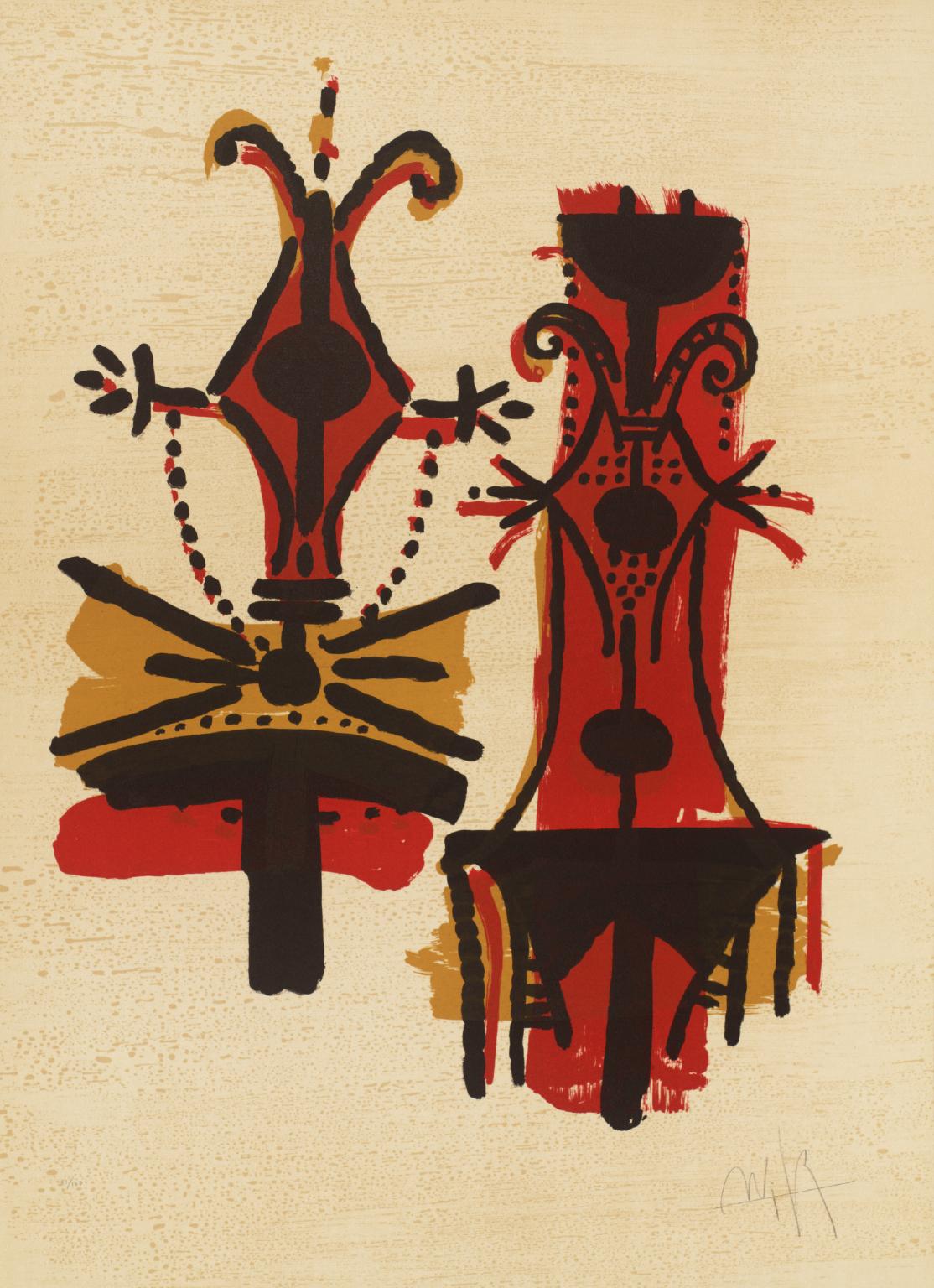This week, I watched a movie entitled Sami Blood (2016) about a Swedish Sámi girl who changes her identity because she’s exposed to racism in the 1930s. At that time, the Sámi was considered less developed than the Nordic people. This film is thought-provoking, inviting the viewers to reflect on identity and colonialism.
I wonder how art can deal with identity issues and involve in the fight against colonialism. In my view, art has power to portray and evaluate discrimination that happens in colonialism. Unlike a historical textbook, arts address these issues in unique and creative ways. Many layers in art can depict the complex problems and relations between individuals, society, and states in colonialism. Arts also can touch the audience’s emotions and put them in the main protagonist’s position.
Many artistic expressions, including paintings, convey the identity issues related to the struggle against colonialism. Here we collected artworks from three artists that deal with identity and push back colonialism through their works.
1. Aubrey William
Aubrey Williams-a Guyanese artist created vibrant paintings and drawing, combining the inspiration from American and Europe abstractions with Guyanese cultural traditions. He is one of the prominent figures among Caribbean artists in London in the post-colonial period. In The Olmec Series, he explores the destruction of the Mesoamerican Olmec, Maya, and Toltec cultures and natures. Williams uses Olmec, Maya, and Warao symbolic imagery in his works.

Oil on canvas, 132 x 208 cm. Courtesy Artist and October Gallery. https://octobergallery.co.uk/exhibitions/2010wil
2. Wilfredo Lam
Wilfredo Lam was a Cuban artist who was well known for his large-scale painting of Afro-Cuban spirit and culture. Lam explores themes of social injustice, spirituality, and rebirth. He was inspired by 20th-century artists, including Pablo Picasso, Henri Matisse, Frida Kahlo, and Diego Rivera. He created his own style that was characterized by hybrid figures.

Wifredo Lam [no title] 1975-6 Presented by the Asger Jorn Foundation 1978. http://www.tate.org.uk/art/work/P03248
3. Felice Lucero
Felice Lucero is a native Katishtyame artist, born in San Felipe Pueblo, New Mexico. During her career, she is moving between Albuquerque and Washington, D.C. Her works are dedicated to the Puebloan tongue and terrain, where she belongs to the community and place. In Boarding School Series (1979-1981), Lucero explores the duality between her image of Katishtya and English written expression. Diagrammatic lines and squares represent San Felipe Pueblo and the school building. Her childhood memory of the San Felipe School informs the “property of US Govt” text within the square. The United States government built and operated schools in Pueblo lands. Lucero’s works were resulted from her reflection on belonging to a community or a state, both in her San Felipe Pueblo homeland and the United States.
